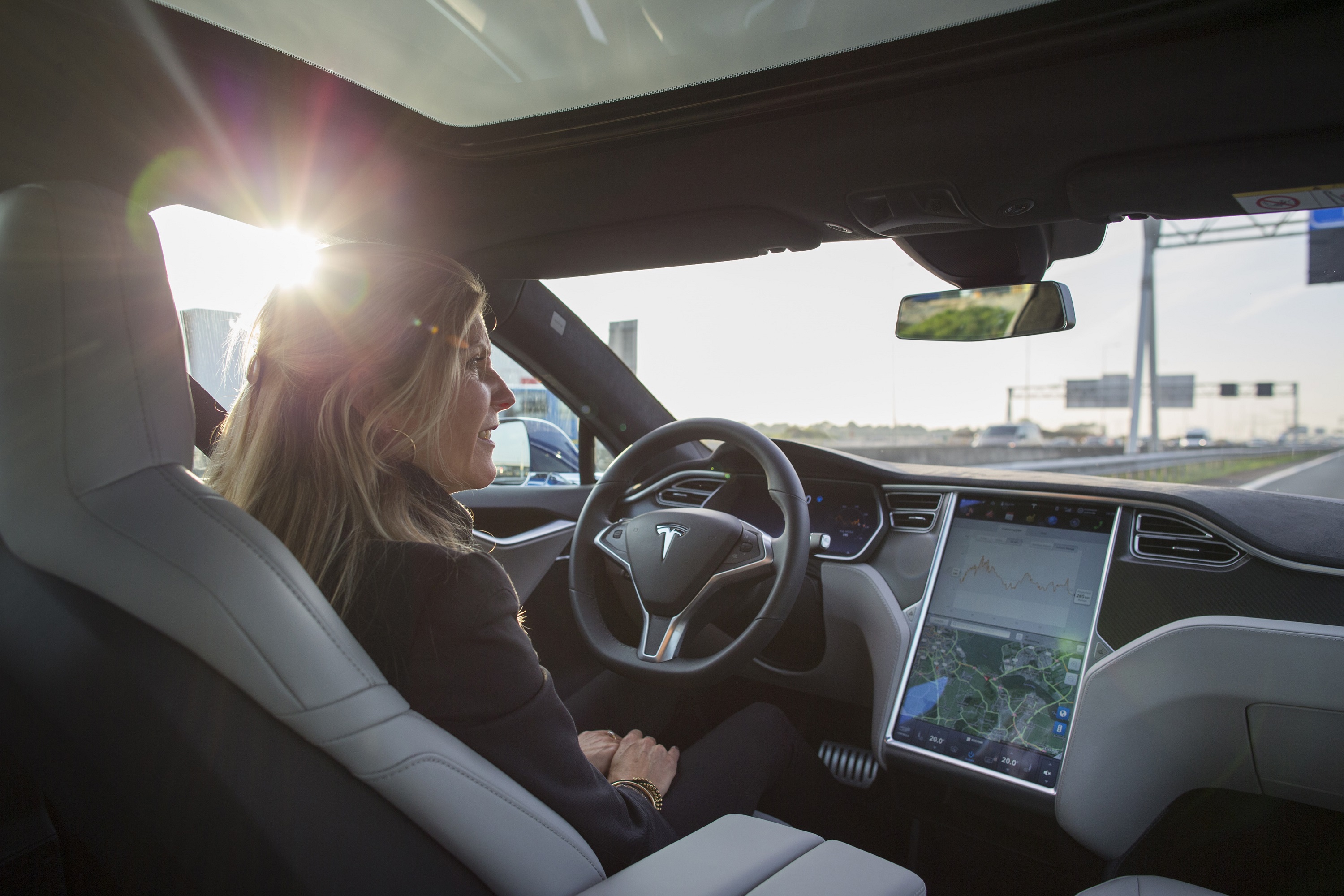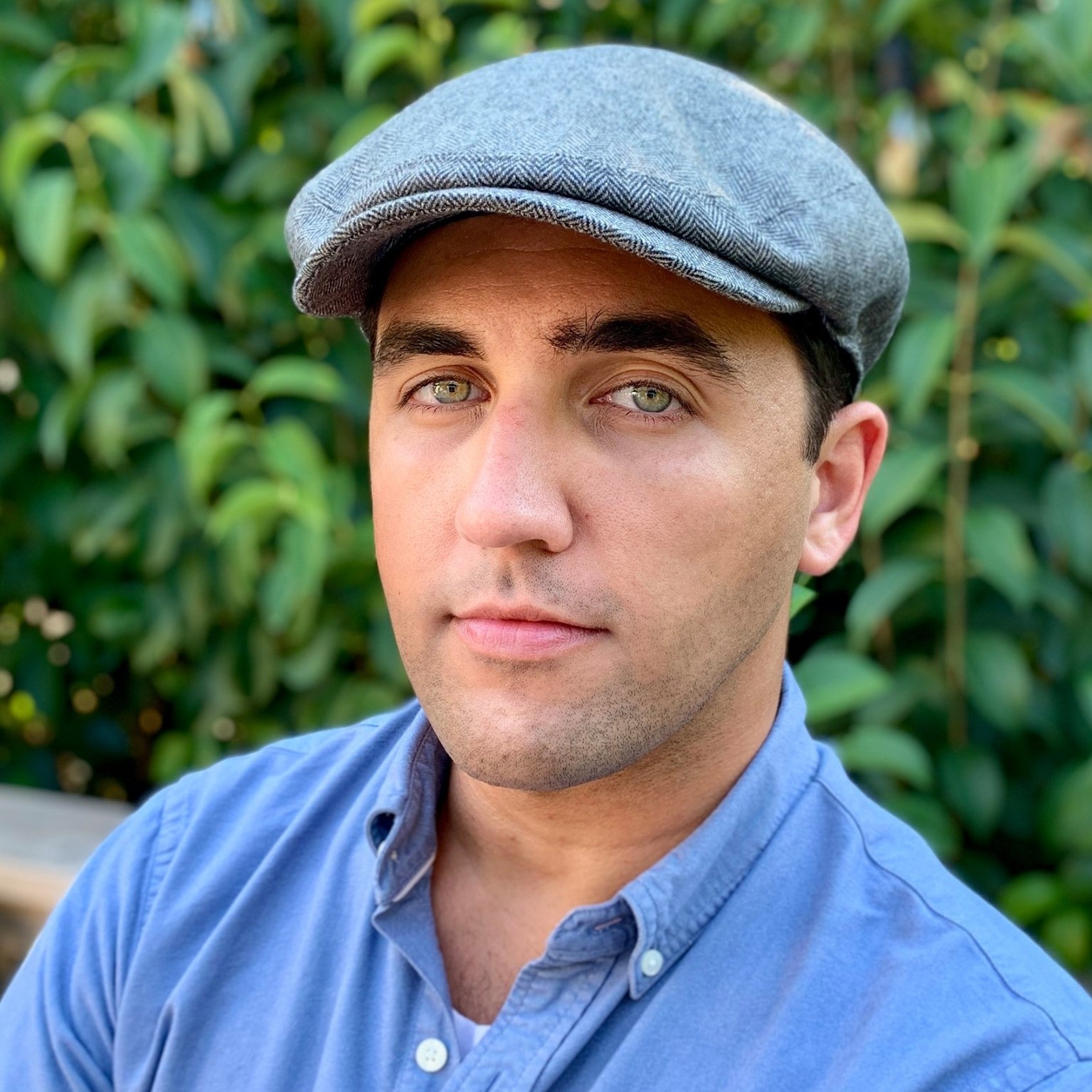Tesla self-driving tech getting an upgrade soon – what you need to know
It seems that Elon Musk has confirmed big upgrades for Tesla Autopilot

Tesla is set to roll out several updates to its Level 2 autonomous driving technology over the next couple of months, according to company CEO Elon Musk. Customers in Europe can also look forward to a convenient parking feature.
On May 12, Musk responded to several of his Twitter followers and answered their questions regarding the expansion of Autopilot Full Self-Driving into wide beta testing. He detailed the elimination of “phantom braking” as well as the availability of the Smart Summon function in European markets.
- These are the best electric cars out right now
- Ford Mustang Mach-E review
- Plus: Tesla Model M motorbike concept is stunning — and I’d like one now
Tesla launched a beta version of its ambitious Full-Self Driving feature in October 2020, but only made it available to a select number of employees and customers. Since then, Tesla fans have been awaiting a wider beta test of the technology. Musk told one particularly interested Twitter user, “I think we’re maybe a month or two away from wide beta. But these things are hard to predict accurately. The work we had to do for pure vision driving was needed for FSD, so much more progress has been made than it would seem.” As Musk puts it, the difference between FSD version 8.0 and 9.0, which will feature pure vision driving, is “gigantic.”
Pure vision driving is just what it sounds like. It uses cameras that act as the car’s eyes, instead of other systems, such as radar. As Musk explained to another Twitter follower on April 10, “When radar and vision disagree, which one do you believe? Vision has much more precision, so better to double down on vision than do sensor fusion.” He added, “Sensors are a bitstream and cameras have several orders of magnitude more bits/sec than radar (or lidar). Radar must meaningfully increase signal/noise of bitstream to be worth complexity of integrating it. As vision processing gets better, it just leaves radar far behind.”
Tesla owners may be able to subscribe to the FSD service even sooner than they can join the expanded beta testing. Musk claimed the subscription service, an alternative to buying the FSD package outright, should start up in roughly a month. It probably won’t be cheap, though. EV news site Electrek predicts the subscription could cost more than $100 a month.
Some Tesla drivers have experienced something called “phantom braking.” That’s when they’re about to drive under a bridge or an overpass and their car suddenly thinks it needs to slow down, so it engages the brakes to avoid a non-existent hazard. According to Musk, FSD v9’s pure vision driving capabilities will eliminate that irksome tendency.
Tesla devotees on the other side of the Atlantic Ocean have something to look forward to as well: Smart Summon. Using that, a Tesla driver can just tap on their smartphone to make their car extract itself, navigate through a parking lot, and come to them. Musk shared on Twitter that, pending regulatory approval, Smart Summon, as part of FSD, will be coming to Europe at the end of the year.
Sign up to get the BEST of Tom's Guide direct to your inbox.
Get instant access to breaking news, the hottest reviews, great deals and helpful tips.
Derek Shiekhi is an award-winning automotive writer based in Arizona. When he's not flying down a straightaway in a Toyota Supra or climbing over rocky terrain in a Jeep Wrangler, he's nerding out over new developments in the automotive industry or thinking up adventures to go on with his fiancé.

